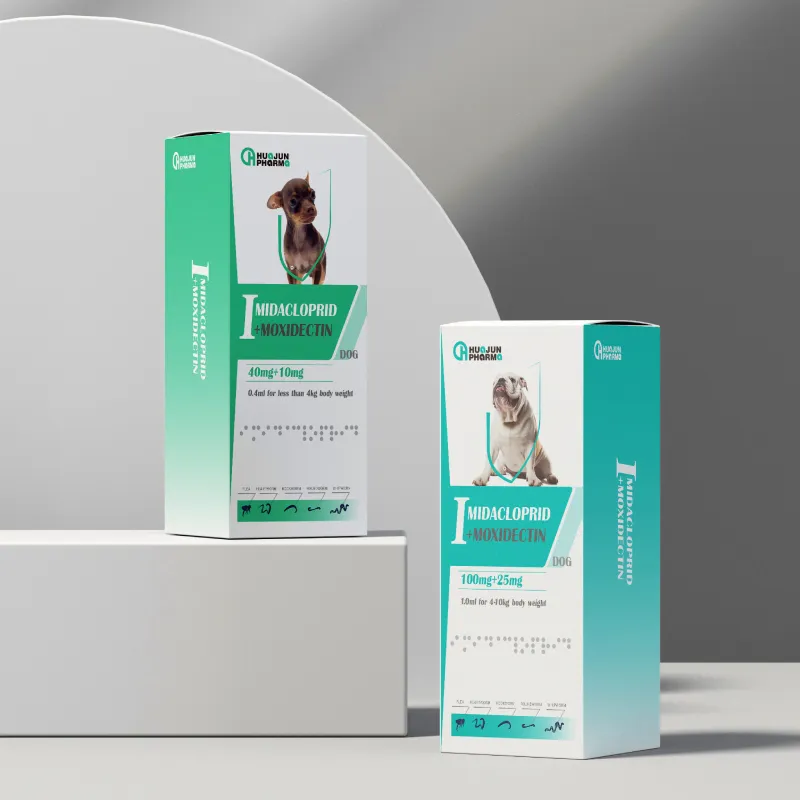
Dek . 01, 2024 06:40 Back to list
Mycoplasma Testing Standards for Manufacturers in Compliance with USP 63 Guidelines
Understanding USP <63> Mycoplasma Testing for Manufacturers
In the realm of biopharmaceutical and biotechnology manufacturing, quality assurance is paramount. Among the essential components of this process is the rigorous testing for mycoplasma contamination, a subject that has gained considerable attention with the establishment of the United States Pharmacopeia (USP) guidance, specifically USP <63>. This article aims to delve into the importance of USP <63>, the implications for manufacturers, and the overall impact on product safety and efficacy.
What is Mycoplasma?
Mycoplasma are a unique group of bacteria characterized by their lack of a cell wall, which makes them different from typical bacteria. Their small size allows them to pass through filters that are usually effective against traditional bacterial contamination, which poses a significant risk in sterile biomanufacturing environments. These organisms can contaminate cell cultures and biopharmaceutical products, potentially altering the targeted product's safety, efficacy, and purity.
The Importance of USP <63>
USP <63> provides the regulatory framework for detecting and preventing mycoplasma contamination in biological products, particularly those derived from mammalian cells. This guidance outlines the necessary steps for manufacturers to implement robust mycoplasma testing protocols to ensure their products meet the highest safety standards before reaching the market.
The implications of USP <63> extend beyond mere compliance. Implementing the guidelines effectively not only safeguards public health but also enhances the credibility and reputation of the manufacturer. Adhering to these regulations can prevent costly product recalls and detrimental impact on patient safety.
Testing Methods Highlighted in USP <63>
USP <63> outlines several methodologies for mycoplasma detection, permitting flexibility depending on the manufacturer’s capabilities and the specific product being tested. Common methods include
usp 63 mycoplasma manufacturers

1. Culture Methods Involving the inoculation of test samples into selective media, culture methods allow for the direct growth of mycoplasma if they are present. This technique is sensitive and can detect various mycoplasma species, although it may take several weeks for results.
2. Nucleic Acid-Based Methods These advanced techniques, such as PCR (Polymerase Chain Reaction), allow for rapid detection of mycoplasma DNA within a sample. These methods are praised for their speed and sensitivity, providing results in a fraction of the time compared to culture methods.
3. Indirect Tests Techniques like the use of indicator cell lines or assays that detect the metabolic activity of mycoplasma provide additional layers of testing. These can complement direct detection methods, ensuring comprehensive evaluation.
Manufacturers are encouraged to select the appropriate methods based on their specific processes, facilities, and existing quality control measures.
Manufacturer Responsibilities
With the new guidelines in place, manufacturers must proactively establish quality control systems that include mycoplasma testing as a fundamental component. This involves not only the initial validation of the testing methods used but also ongoing monitoring throughout the production process. Training personnel to recognize contamination sources, understanding the conditions conducive to mycoplasma growth, and implementing strict microbial control measures are vital.
Furthermore, transparency in documenting testing results and quick responsiveness to any contamination events are essential for maintaining compliance with USP <63>. Implementing robust corrective actions and preventive measures following any positive detection is also crucial.
Conclusion
In summary, USP <63> serves as a critical guide for manufacturers operating in the biopharmaceutical sector, emphasizing the importance of rigorous mycoplasma testing to ensure product safety and efficacy. By adhering to these guidelines, manufacturers not only comply with regulatory standards but also commit to safeguarding the health of patients worldwide. The impact of meticulous mycoplasma control extends beyond compliance, fostering trust in the pharmaceutical industry and the products it delivers. Continuous education and adaptation to these guidelines will be essential as technology and regulatory requirements evolve.
-
Enterococcus Faecalis Mold Remover - Leading Manufacturers & Suppliers, Trusted Factories
NewsJul.05,2025
-
Premium Color-Enhancing Fish Feed Leading Manufacturer & Supplier Factory
NewsJul.05,2025
-
High-Quality Porcine Toxoplasmosis Solutions - Trusted Manufacturers & Suppliers
NewsJul.05,2025
-
Premium Immune Enhancement Products Trusted Manufacturer & Supplier Factory Solutions
NewsJul.04,2025
-
Top Hemoglobinuria Manufacturer & Supplier Reliable Hemoglobinuria Factory Solutions
NewsJun.24,2025
-
Premium Honeysuckle Products - Leading Honeysuckle Manufacturer & Supplier Factory
NewsJun.10,2025




